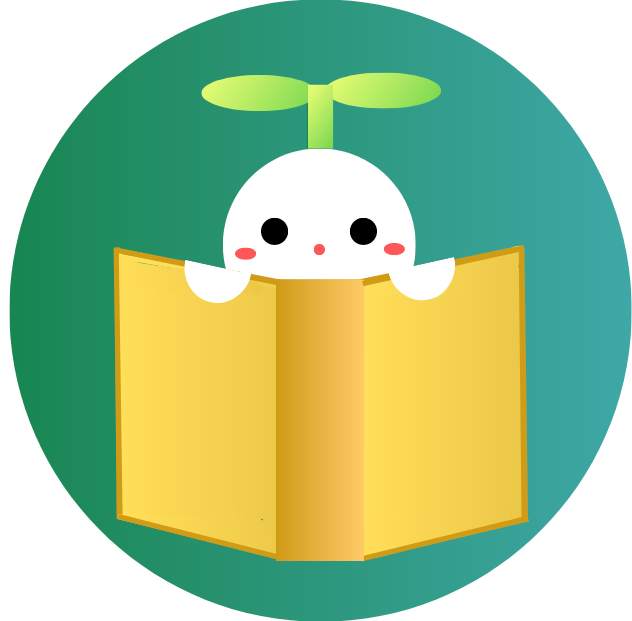What (何)?
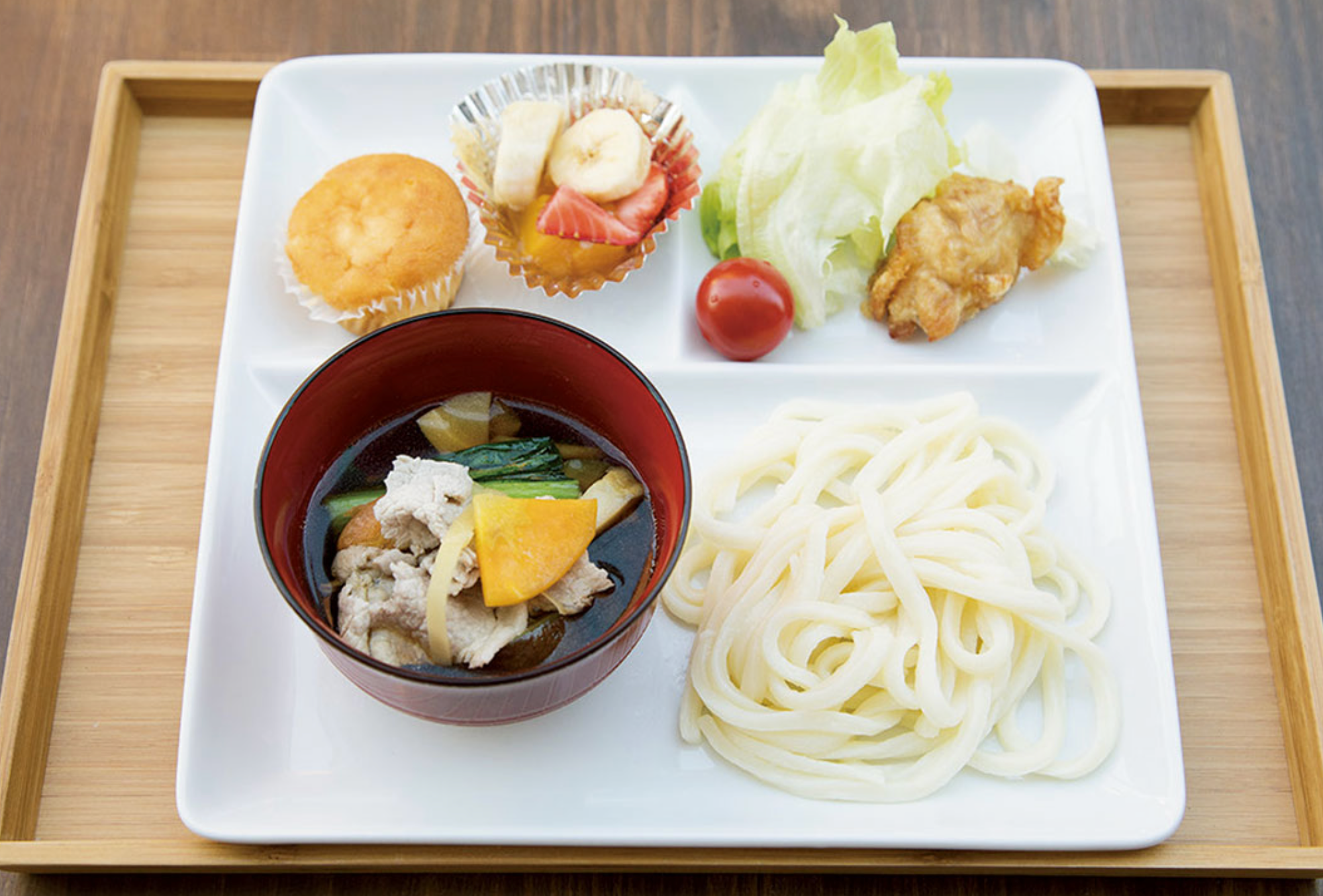
What are Kodomo-Shokudou's or children's cafeterias?
子ども食堂とは、実際どの様なもの?
Just as a disclaimer, I use "children's cafeterias" as a literal translation from the word in Japanese. Kodomo means child, and shokudou means canteen or cafeteria. "Children's cafeterias", is not the official word in English, so use it for convenience, but use Kodomo-Shokudou for actual reference.
According to the Ministry of Health, Labor, and Welfare of Japan, children's cafeterias are "cafeterias established to feed children, who come alone or otherwise, for free or for low prices and allow them to eat as much food as they want, to relieve any deficiencies in their nutrition, and to serve as a place for its community to interact and come together" ("子ども食堂応援企画," 2020). Children's cafeterias come in all shapes and sizes so, while I took the liberty of translating their words into English, I believe the Ministry's definition is what most people agree is what the core of children's cafeterias are.
日本の厚生労働省によると、子ども食堂とは、「子どもが1人でも行ける無料または低額の食堂であり、子どもへの食事提供から孤食の解消や食育、さらには地域交流の場」です(子ども食堂応援企画, 2020)。現在、全国で6000〜7000店ほどある中、子ども食堂は場所によって形式は違ってきますが、基本的には、厚生労働省が定義している通りだと思います。
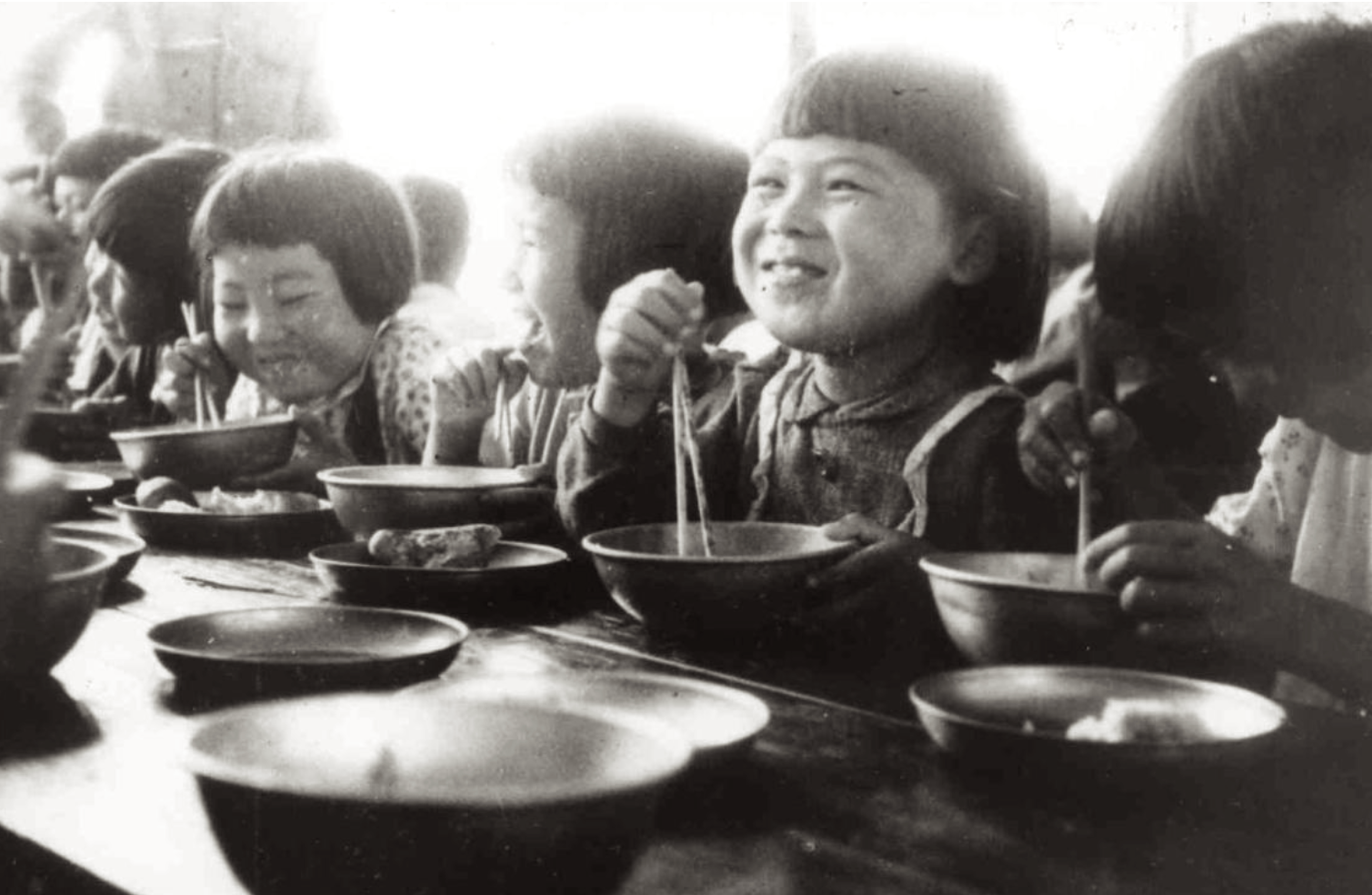
I initially believed them to be a thing from World War Ⅱ after a war-ridden Japan. However, I was completely wrong. Children's Cafeterias (in the form that they exist today at least) was first created in 2012 by a woman named Hiroko Kondo, a small vegetable store owner in Tokyo. She was friends with a vice principal of an Elementary school who informed her about a student who was living off of one banana a day, besides the mandated school lunches, due to their only mother dealing with mental health struggles. Shocked by this information in a place like Tokyo (and in the 2010s!), Mrs. Kondo gathered her vegetable store gang and used her store as a place for children to eat nutritious food to their bellies' content. Later on, her cafeteria became a spot for children to gather in hopes of good food, studying help, and a community.
以前私は、子ども食堂とは日本の戦後時代から存在していたものだと完全に思っていました。しかし、子ども食堂とは意外と新しいものであって、2010年代からあるものだと私は最近分かりました。最初の子ども食堂を設立したのは、近藤博子さんという方でした。高木 香織さんのコクリコの記事によりますと、近藤さんが子ども食堂を設立した切っ掛けは、小学校の副校長であった近藤さんの友人の話を聞いたことからだったそうです。そのお話は、母子家庭の、ある生徒のことでした。母親の精神的なトラブルにより、その生徒は母親のご飯が食べれず、お昼の給食以外にバナナ一本で暮らしていることを近藤さんが聞き、何かをすることが出来ないかと考えた結果、子ども食堂が生まれたそうです。近藤さんは元々、「気まぐれ八百屋だんだん」という八百屋さんを運営していたので、借りていたお店を使って、食品衛生責任者の資格と飲食店の営業許可を取得してから、子供達がお腹いっぱい食べれる食堂を作りました。
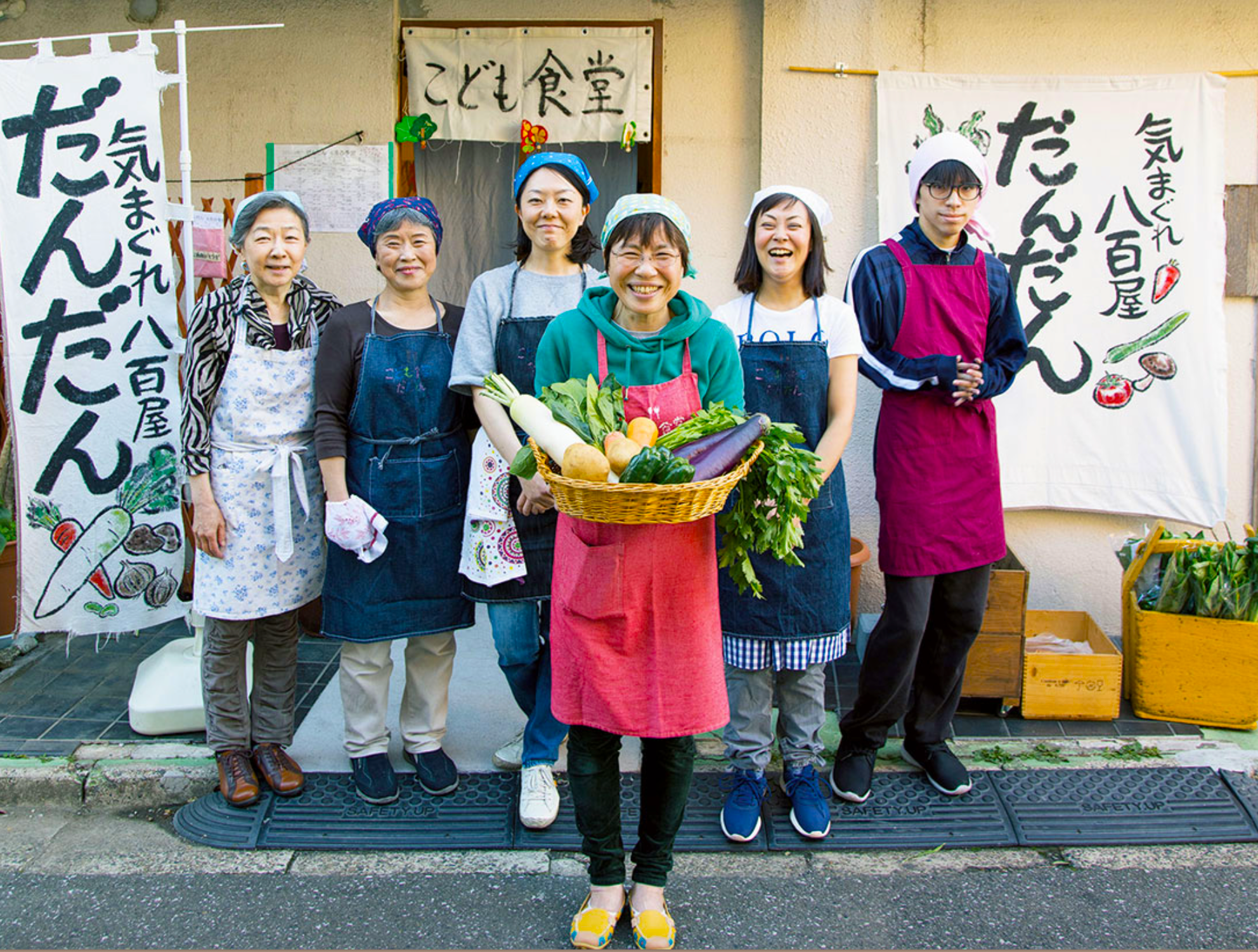
There is a common taboo or misconception among Japanese people that children's cafeterias are places where poor children or families go, but that is certainly not the majority of cases. I admit, that was my original conception of children's cafeterias before starting this blog. I thought that I was going to dive into child poverty and economic disparities in a society that never truly discusses them. Of course, this aspect of children's cafeterias do exist. In a society where all parents, together or single, have to work long hours and can't eat with their children or cook a warm meal for them, a safe place where children can eat lots of nutritious food with others is essential. Even so, saying that children's cafeterias are simply, "places where poor children," go is minimizing something that is so much more and valuable for everyone.
日本人の多くの方は子ども食堂は「貧しい子供が行く場所」というネガティブなイメージがあると思います。しかし、実際の状況は少し違っています。正直に言って、私もこのブログを始める前は同じようなイメージを持っていました。なかなか日本の社会では聞けない、子供の貧困のことについて詳しく学ぶのかと勝手に想像してしまいました。もちろん、子ども食堂ではそのようなことはあります。日本のような、仕事がとても重視されている国では、子供が一人ではなく、他の人達と一緒に手作りの暖かいご飯が食べられる居場所が必要だと思います。それでも、子ども食堂は「貧しい子供が行く場所」と想像していた自分は、もったいない考えをしていたと感じています。
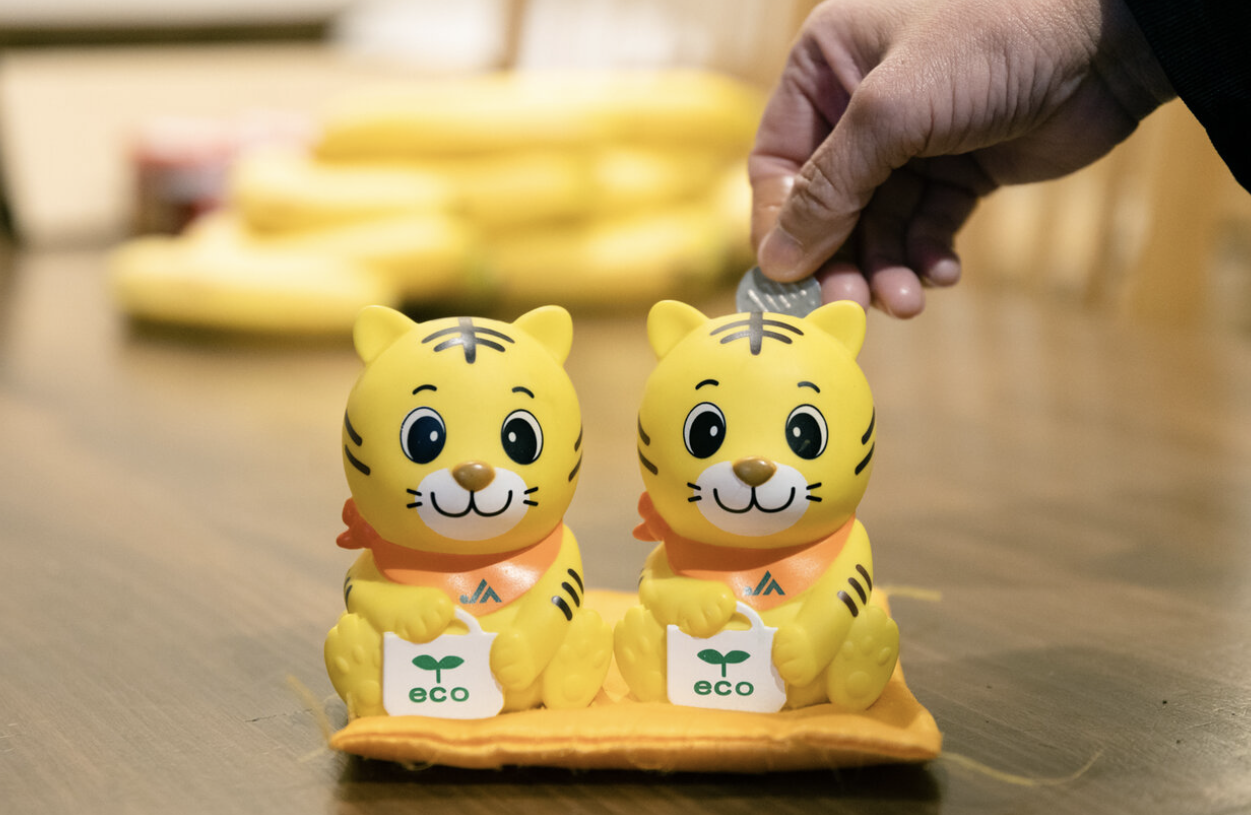
You can't really minimize the role of children's cafeterias to glorified food pantries. It's a place where people of a community can come together, regardless of their backgrounds, and find comfort in one another and ask for help when they need it. I think in a world where people are constantly busy and growing distant from other people, a place where people can find a support system in their communities is extremely vital. Many of the children's cafeterias get their produce as donations from local farmers, stores, or even supportive people who live across the street. They are a culmination of a group of people coming together to support their children, but most importantly, their community. Like Mr. Ushigaki from Hare Cafe had told me before, "Children's cafeterias are a source of happiness," indiscriminate of your age, income, or any divider.
子ども食堂をフードパントリーやチャリティー関係のものだと要約するのは不可能です。どのようなバックグラウンドを持つのかは関係なく、地域の方々が集まって互いのお話を聞いたり、助けを求めたりする居場所が子ども食堂だと思います。コミュニティーというものが段々なくなっていき、サポートを求めることができる人達が少なくなってきた社会で、子ども食堂のような居場所の必要性がこれまで以上に高くなっているのではないでしょうか。沢山の子ども食堂は、地域の畑やお店、近所のご家庭などから多くの寄付を頂いています。子供の支援をしたい気持ちはもちろん、コミュニティーというものになるべく貢献して、その一員になりたいという気持ちを持つ人達で作り上げられているのが子ども食堂だと思います。ハレカフェの子ども食堂の運営者である牛垣さんに以前教えて頂いたように、子ども食堂とは、年齢、収入、その他の部類に限らず、地域のみんなで作り上げたコミュニティーの「元気の源」です。
Instagram: @koshoku.blog
Facebook: @Koshoku Dairies
